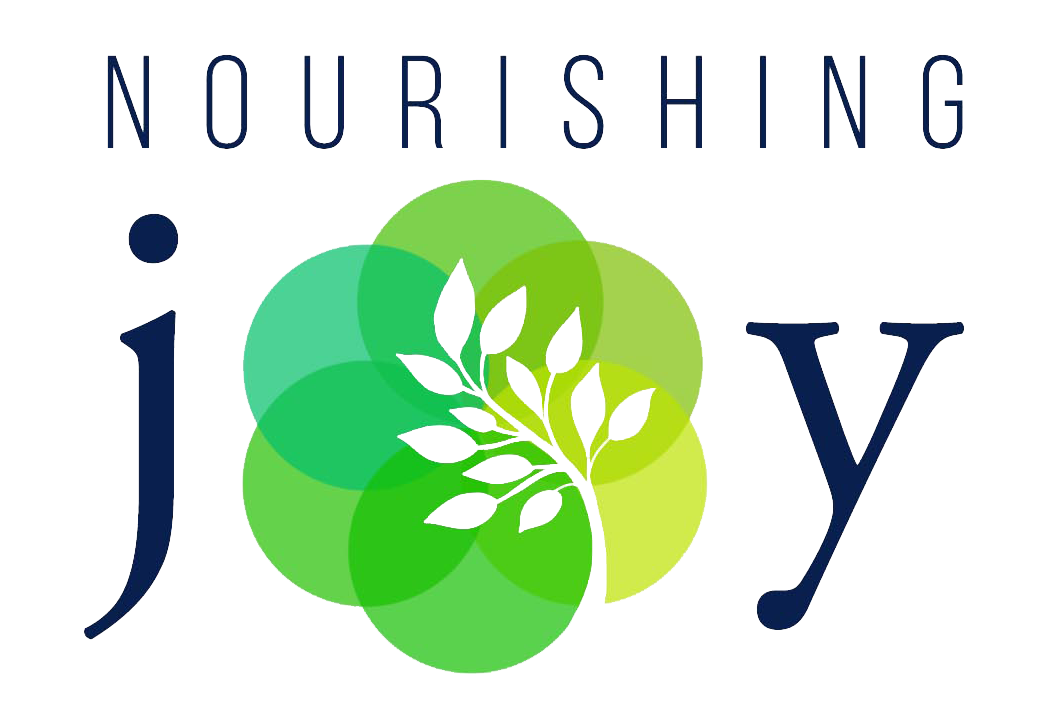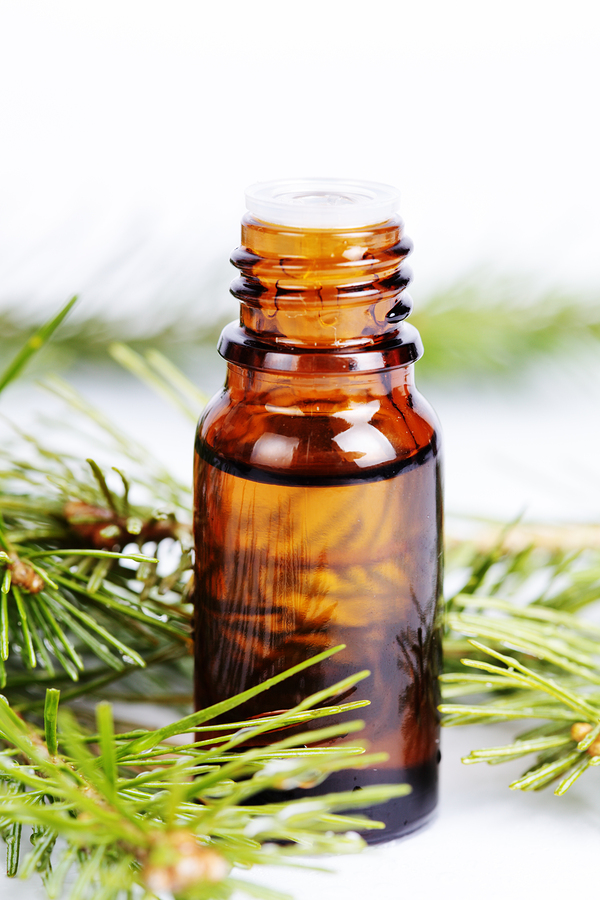Essential Oil Terminology: A Glossary of Useful Terms
This post may contain affiliate links, including those from Amazon.com, which means we earn a small commission off your purchases. And here's the thing: We only mention services and products that we think are truly worth your attention, whether they're free, paid, or otherwise. This site relies on YOUR trust, so if we don't stand behind a product 110%, it's not mentioned. Period.
If you've been around essential oils for any period of time, you've likely encountered a whole vernacular that seems a bit foreign – or at least, a bit confusing.
So, let's clear things up!
If you'd like more clarification on essential oils, how they work, and – most importantly – how to use them safely, sign up for our free Essential Oil Safety Fundamentals class. You'll receive 10 days of in-depth emails with lots of freebies and printables to help you use essential oils more confidently.
Essential Oil Glossary
1,8-cineole: A chemical constituent in some essential oils, such as eucalyptus and rosemary, that provides excellent respiratory support (among other benefits), but that is unsafe to use on young children due to the possibility of dangerously slowed breathing and other adverse reactions
Absolute: Similar to essential oils, absolutes are concentrated, highly-aromatic, oily compounds extracted from plants. Whereas essential oils are typically produced through steam distillation (or in the case of citrus oils, cold-pressing), absolutes require the use of solvent extraction, usually due to the thick or resinous nature of the original material, such as saps and gums. Absolutes have an aroma more similar to the actual plant and are popular in the perfumery industry.
Adulterant: A substance which was not originally present in the oil at the time of distillation added to an essential oil. An adulterant can be artificial or natural.
Adulterated: To make impure by adding inferior components. In the case of essential oils, an adulterated essential oil contains not only the oil that was distilled or extracted from the plant, but also additional natural or synthetic substances added after distillation that look and smell similar to the essential oil.
Adverse Reaction: An undesireable, painful, or dangerous reaction to an essential oil, such as headache, skin irritation, or seizure
Aromatherapy: The use of aromatic materials, particularly essential oils, to increase cognitive function, bodily health, and mood.
Aromatherapy Jewelry: Specially-designed jewelry, commonly necklaces, bracelets, and earrings, that contain areas where essential oil may be added so that the scent and aromatic compounds remain with the wearer over the course of several hours.
Bergaptene: A chemical compound that creates chemical burns and skin discoloration when it interacts with UV rays.
Blend: A combination of multiple essential oils combined into one mixture
Botanical Name: The scientific Latin name telling the specific genus and species of the plant used to create the essential oil
Carrier Oil: A vegetable or nut oil that is used to dilute essential oils for use. Examples include sweet almond, jojoba, olive, and grapeseed. Also referred to as “base oil.” (See following “Glossary of Common Herbal Preparations” for more specific information on types of carrier oils.)
Chemotype: A chemotype is a chemically distinct entity in a plant that changes according to environmental stimulus, such as the climate, altitude, soil in which plants are grown, or even what the weather was like while the plant was growing. The aroma, therapeutic properties, and safety issues can all be affected by the chemotype.
Cold-Pressed: The process of mechanically pressing plant material, such as citrus peels, to extract the essential oil.
Common Name: A plant’s everyday name; the name one would use in conversation when discussing a particular plant, e.g. “basil” or “chamomile”
Constituent: A chemical compound in a whole, raw plant that has a therapeutic effect. These become very concentrated in essential oils.
Diffuser: A device that disperses essential oil mist and vapors into the air. Diffusers range from electric and battery-powered devices that propel the essential oils into the air to simple sticks of wood that simply let the essential oil vapors evaporate into the air.
Diffusion: The act of dispersing essential oils into the air in a fine mist so that they are able to cover a wide area
Dilute: To reduce the potency and strength of an essential oil by mixing it with a carrier oil in order to make the essential oil more effective and reduce harm.
Distillation: The process by which the oily essense of a plant is removed and concentrated by heat and/or pressure. Steam distillation is the most common method to extract essential oils, but solvent extraction, CO2 extraction, maceration, enfleurage, cold press extraction, and water distillation are also used.
Enfleurage: A method of extracting essential oils using odorless fats and oils to absorb the oil from the plant material.
Essential Oil: The highly aromatic lipid compounds found in all plants. Once distilled and concentrated, it is referred to as an “essential oil” because it contains the essense of that particular plant. Essential oils are thick, viscous liquids that are distilled from plants and which contain the chemical constituents of that particular plant in a very concentrated form.
Expression: The means of pressing essential oil out of the plant rather than distilling it.
FCF: “Furanocoumarin-Free” Some phototoxic essential oils are phototoxic due to the presence of furanocoumarins, but there are alternative ways of producing some oils so that the resulting oil is furanocoumarin-free and thus, NOT phototoxic. These oils are often labelled as “FCF.”
Furanocoumarin: A chemical that creates chemical burns and skin discoloration when it interacts with UV rays and that, when ingested, blocks an enzyme produced by the liver and intestines to break down certain medications in the body.
Food Grade: Considered safe for use in food by the United States Food and Drug Administration.
Fragrance: A scent without therapeutic benefit. Products that are labeled as fragrances are derived by either natural or synthetic means, but are not essential oils.
GC/MS (Gas Chromatograph/Mass Spectrometer): A diagnostic method used by chemists to identify the characteristics of an essential oil. GC/MS testing is used to identify the specific chemical makeup of any essential oil, classify the specific levels of its constituents, and verify its purity. The process also determines if an essential oil has been diluted or mixed with synthetic additives.
Hazard: The inherent potential to do harm.
Example: Bergamot essential oil inherently has the potential to cause phototoxic burns – it doesn’t mean it will cause harm every time, as other factors need to be involved, in this case sun exposure, but the potential for harm – the hazard – is inherent in the bergamot oil itself.
Herbal: Pertaining to plants, paying particular attention to their medicinal qualities
Hydrosol: The water left over after a steam or water distillation of an essential oil. Sometimes referred to as “aromatic waters” or “floral waters.” Hydrosols contain many of the same constituents as the essential oil, but in significantly lower concentrations.
Ingestion: The act of taking in essential oils by swallowing and being metabolized via the gastrointestinal tract; essential oils may be ingested in food or in capsules.
Note: Due to the number of serious risks associated with ingesting essential oils, ingestion is not recommended unless under the supervision of a qualified healthcare professional.
Inhalation: The act of breathing in essential oil mist and vapors
Insoluble: A substance that is not capable of being dissolved in liquid, such as water.
Infused Oil: Vegetable oils that carry the medicinal properties of a certain herb.
Example: A stem of fresh oregano may be placed in a jar of olive oil and over time, the medicinal properties of the oregano will transfer into the olive oil so that the olive oil will carry – or become infused with – the properties of the oregano, even once the stem of oregano is removed. Infused oil is far less concentrated than essential oil.
Neat: The act of using an essential oil directly on the skin without first diluting it. Very few essential oils are suitable for using neat.
Nebulizer: “To nebulize” means to turn a liquid into a mist, and in the case of essential oils, it simply refers to any diffuser that diffuses essential oils directly without dripping them into water first. Most essential oil diffusers work by placing a bit of water into a chamber and dripping a few drops of essential oil on top, and the diffuser then turns the water/oil combination into a mist, but nebulizers use essential oil only. The effect is much stronger and there are much higher risks associated with using nebulizers.
Notes: As in top, middle, and base notes. A classification system based on the type of scent or aroma an essential oil displays. Generally, essential oils from citrus peels are top notes, essential oils from flowers, leaves and stems are middle notes, and essential oils from roots are base notes.
Oxidation / Oxidized: Oxidation is the process of degredation due to prolonged exposure to oxygen. All essential oils eventually oxidize, but oxidation is greatly sped up by exposure to heat, light, air, and moisture. Oxidized essential oils are often more hazardous and are more prone to cause skin sensitization, irritation, peeling, redness, and burns.
Orifice Reducer: A device used to reduce the size of the opening of a bottle, making dispensing the essential oil easier and more accurate. Most essential oil bottles come with an orifice reducer so that the oil can be dispensed in drops.
Patch Test: Some essential oils cause redness or itching in certain individuals, so to test whether an essential oil is safe to use, the individual conducts a patch test by mixing 1 drop of essential oil with a carrier oil and rubbing a small amount on the inside of the wrist or elbow. After 24 hours, the patch is observed.
Phototoxic: An essential oil that can make the skin hazardously reactive to UV rays, such as in sunlight and tanning beds, resulting in burns, redness, irritaion, and skin discoloration.
Rectification: The process of redistilling certain essential oils to rid them of undesirable constituents.
Risk: The chance that a hazard will cause harm.
Example: After applying bergamot essential oil to the skin within the accepted guidelines, there is very low risk that it will cause skin discoloration or irritation if the applicant remains indoors, there is low risk if the applicant goes outdoors but wears protective clothing, and there is high risk if the applicant goes outdoors without protective clothing. In each case, the hazard is the same, but the risk increased according to the influence of outside factors.
Route: The method by which essential oil enters the body. Common routes include inhalation (breathing), dermal (through the skin), and oral (via the mouth).
Sensitization: A reaction to an essential oil after the essential oil is applied to the skin, such as itching, redness, or burning, even after having used the essential oil previously without issue. The reaction is due to the immune system flaring up in response to a a particular constituent in the essential oil. Sensitization is usually permanent, meaning the person who is sensitized can never again use that particular essential oil or other essential oils with the same constituent that caused the reaction.
Single Oil: An essential oil that contains the oil from only one type of plant, as opposed to a blend, which is a mixture of single oils
Soluble: A substance that is capable of being dissolved in liquid, such as water.
Solvent: A liquid such as hexane or ethanol that isolates and extracts essential oils from plant material. It is typically used with plant materials that yield low amounts of essential oil, that are largely resinous, or that are delicate aromatics unable to withstand the pressure and distress of steam distillation. This method also produces a finer fragrance than most distillation methods.
Synthetic: An artificially produced substance designed to imitate that which occurs naturally.
Therapeutic: Medicinal properties that promote healing and restorative balance.
Therapeutic Grade: A term used by some essential oil companies to denote the quality and purity of their essential oils.
Note: All essential oils that are unadulterated and properly distilled are by nature therapeutic, which is why the use of essential oils is referred to as “aroma therapy.”
Topical: The use of essential oils on the skin.
Topical Maximum: The maximum amount of a particular essential oil that can be used safely on the skin. If more than the topical maximum is used, the essential oil may cause burning, itching, irritation, or the skin may become sensitized.
Viscosity: Pertaining to the thickness or thinness of a liquid.
Volatile: Denoting that a substance evaporates quickly and easily.
Types of Essential Oil Toxicity
Fetotoxicity: Toxic to a fetus, specifically after the embryonic stage
Cytotoxicity: Toxic to cells
Hepatotoxicity: Toxic to the liver
Genotoxicity: Toxic to DNA; likely to cause errors or disruptions in genetic replication
Neurotoxicity: Toxic to the brain or central nervous system
Phototoxic: Toxic to the skin when exposed to sunlight (or more accurately, UV rays)




